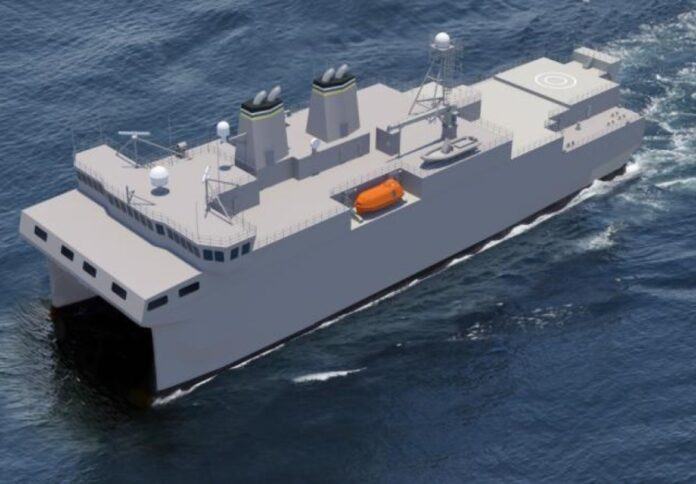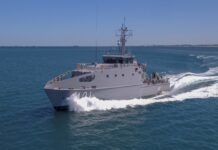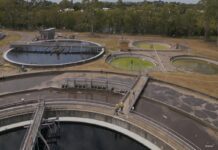
The US Department of Defense announced on Thursday that Austal USA has been awarded a USD 3.195 billion (AUD 4.82 billion) contract for the detail design and construction of the Navy’s newest T-AGOS ocean surveillance ship.
The award is for the detailed design of up to seven TAGOS-25 class ocean surveillance ships, which provide a platform capable of theatre anti-submarine acoustic passive and active surveillance, the company revealed in a press release.
For the TAGOS program’s execution, Austal, acting as the prime contractor, has partnered with L3Harris Technologies (L3Harris), Noise Control Engineering (NCE), TAI Engineering (TAI), and Thoma-Sea Marine Constructors (TMC).
Austal USA President Rusty Murdaugh said the US team is excited to support the US Navy with this critical program.
“We have enjoyed our long partnership with the Navy in delivering aluminium ships and we are honoured to continue that relationship in delivering high-quality steel ships on schedule and on budget,” Murdaugh noted.
He continued by saying that the company’s ongoing investment in its people and facilities made it possible for the awarding of the contract.
Meanwhile, Anthony Nigara, president of Maritime at L3Harris, also expressed his delight to join the Austal USA team as a partner in developing the upcoming class of TAGOS ocean surveillance ships as the integrator of electronic and propulsion systems.
“Our strong partnership with Austal reinforces our commitment to delivering advanced, surveillance-capable platforms to meet the US Navy’s mission requirements,” Nigara remarked.
In addition to the above mentioned steel ships, Austal USA said it is currently building the US Littoral Combat Ship and Expeditionary Fast Transport of the Navy, Independence-variant.
Austal USA claimed it is well-positioned to satisfy the rising demands of the United States due to its unique manufacturing capacity to produce both steel and aluminium ships to meet the growing demands of the US Navy and US Coast Guard.


















